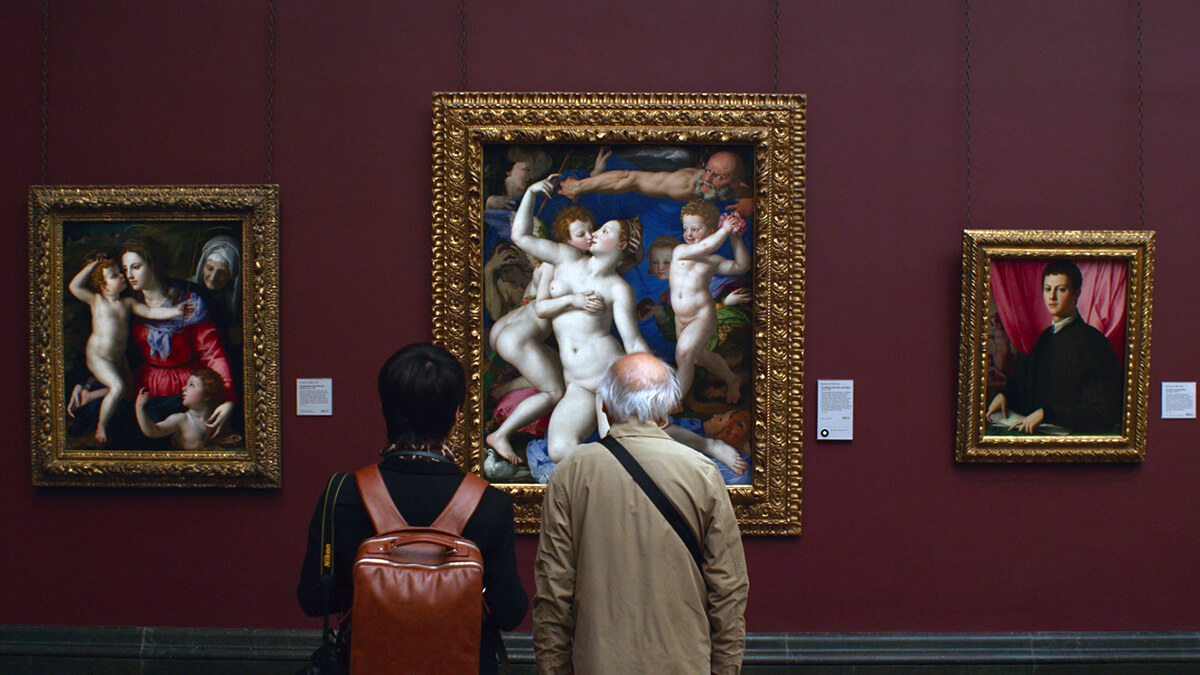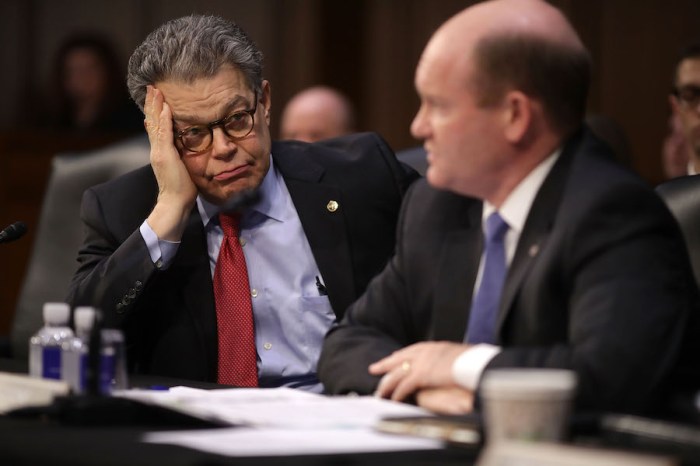‘National Gallery’ “National Gallery,” the latest from documentary legend Frederick Wiseman, is almost certainly too modest to recognize itself as a work of art. And yet the people in it sometimes seem to be talking about the film itself, not just the fine art on the walls. The subject, as ever with Wiseman, is not people but an institution run by people. In this case it’s the National Gallery in London, and Wiseman does what he’s always done: Spend an unspecified amount of time skulking about it, stealing episodes that will be subtly organized into a kind of experimental narrative that reflects on the ideas and concerns that haunt all of the director’s films, from the grimy mental institute of his debut, “Titicut Follies,” back in 1967 up to — 40-some films later — last year’s four-hour college survey “At Berkeley.” (This one runs only three hours.) Those ideas tend to be the push-pull between individualism and the social institutions set up to impart rules; how these institutions are run by imperfect people dealing with an ever-shifting and sometimes surprising assortment of demands; even simply how these places or bureaucracies stay afloat in sometimes wintry economic times. Wiseman never once speaks these ideas; he is nowhere to be seen nor heard, and his films don’t even have basic expository set-ups (unless they’re in the title, like “At Berkeley”). Instead he lets his subjects, who never address the camera nor act like it’s there, say things for him. Wiseman lets himself be known through editing, through every chunk of footage he lets in. Watching every Wiseman film is in essence an act of trying to find Wiseman in them. In terms of ideas, “National Gallery” may be among his most jam-packed — as well as serene and clear-eyed, even for him. The aforementioned usual suspect themes are there. We watch as the museum’s staff wrestles with how to communicate to the masses. Guides struggle to contextualize works of art, which have found themselves in homes in which some of them were never meant to be. Execs debate whether to allow the Gallery to be the final stop of a major race: Will that make them seem more approachable to the masses, or will it be interpreted as a sign of financial desperation? Among the problems confronted are an exhibition devoted to sea and landscape painter J.M.W. Turner — also, as it were, the subject of Mike Leigh’s forthcoming, similarly probing “Mr. Turner” — which includes some depicting slave ships. Will that prove a problem to modern viewers? Should they even address it, or is that cheapening the works? But a film about art, and the business of art, opens even more doors. Restoration artists grapple with the very nature of their work. When touching up damaged paintings, are they perverting the artist’s original intent? Can that even ever be known? Is there something wrong about presenting old paintings in electric light — a completely different mode of presentation than they once received? “National Gallery” is all questions with no easy resolutions — the very thing that every institution has to wrestle with. We learn nothing about the people he shows, even the ones that become, with the frequency of their appearances, the nominal stars. Yet they are all noble and acutely aware of the complexity of the ethical and historiographical issues with which they have to deal. When it comes to restoring paintings, one person points out that “anything we do has to be reversible.” This is one carefully selected line of many that hint at another, grander theme, and one that isn’t always in Wiseman’s films, and that would be mortality and insignificance. The National Gallery is clogged with works that have existed for sometimes hundreds of years. They have lives — epic, mutating ones. Religious murals wind up in a wall gawked at by wandering visitors — who could never, even when they’ve had it tirelessly explained to them, understand the supremely religious societies from which they sprang — as mere pretty pictures. “Paintings are very, very ambiguous,” someone says, and no kidding. Viewers foist narratives upon them, bringing their own baggage; curators create their own by where they place them — not only in which wing, next to which other works, but even in a museum itself. The people and museum staffers who pass by them, examine them, rotate them through collections, are like the viewers and staffers that came before them, only different; there will be more into the future, similar but different. The people in “National Gallery” recognize their own small role in the life of these works; they know they might be wrong about how their presented, and that someone may do it differently. Art lives longer than humans, unless they don’t — unless they aren’t saved, or have never been saved. Though art, like humans, will one day — to borrow a line from “Barry Lyndon” — be equal. By purely subliminal means, “National Gallery” is downright cosmic.
Director: Frederick Wiseman
Genre: Documentary
Rating: NR
5 (out of 5) Globes
Review: ‘National Gallery’ is a downright cosmic Frederick Wiseman documentary

Zipporah Films
Follow Matt Prigge on Twitter@mattprigge















